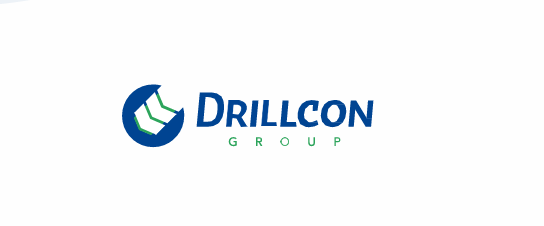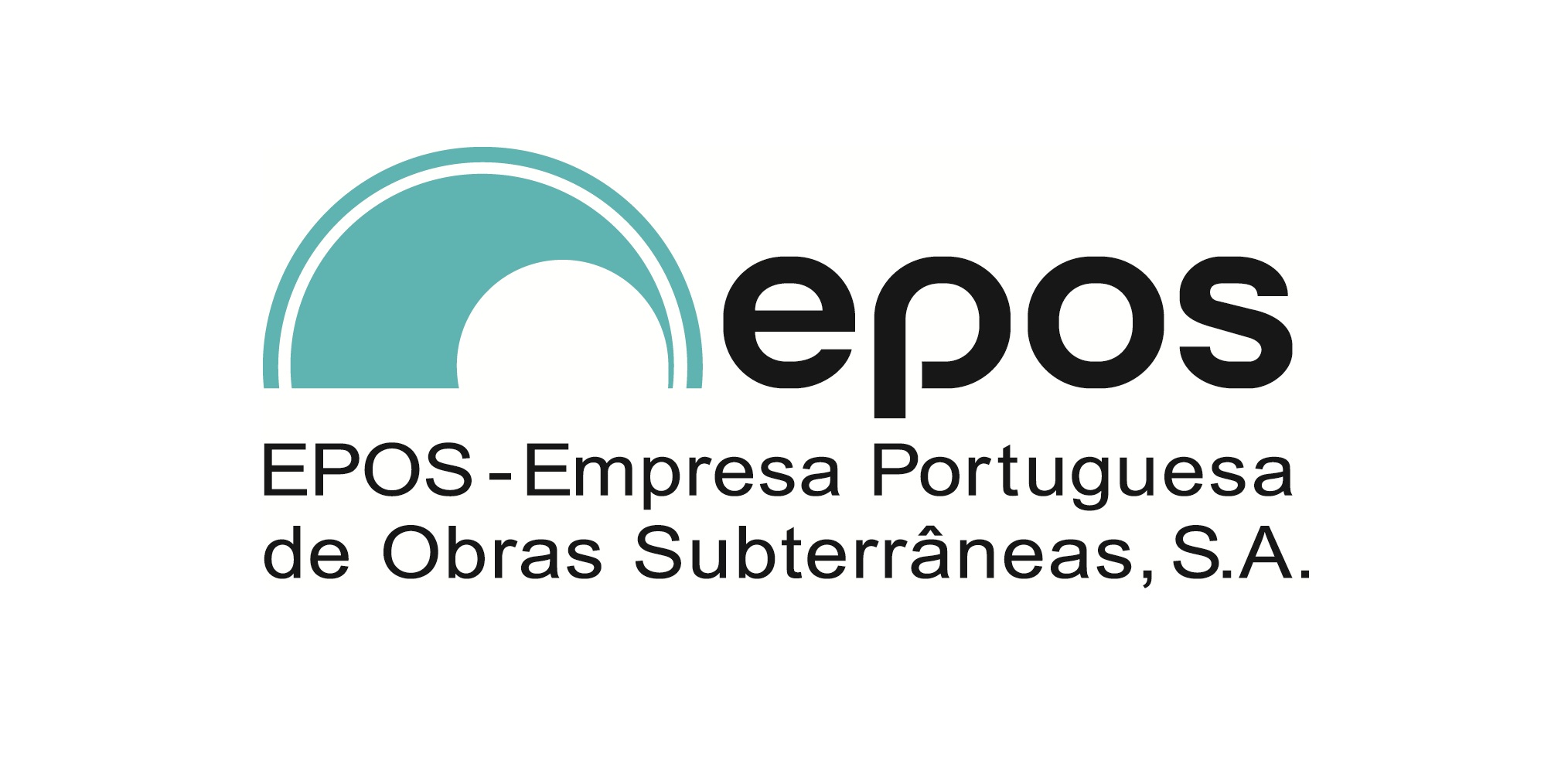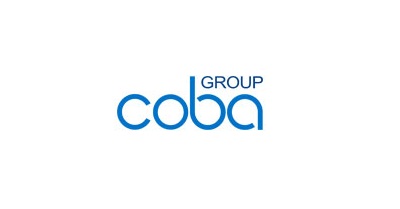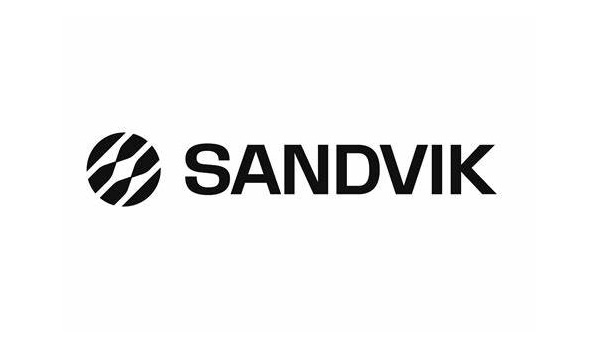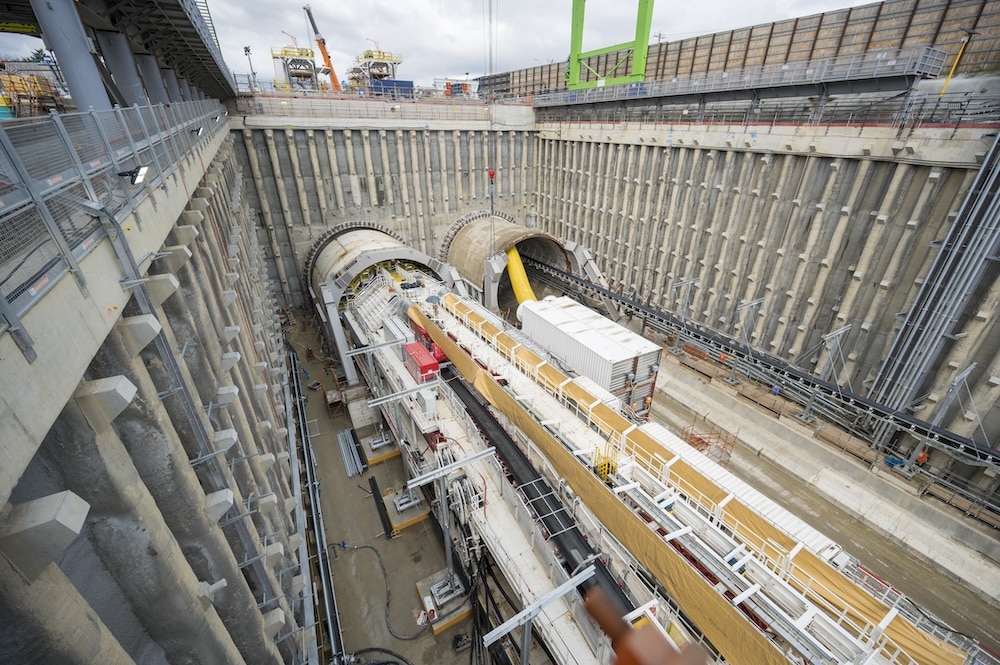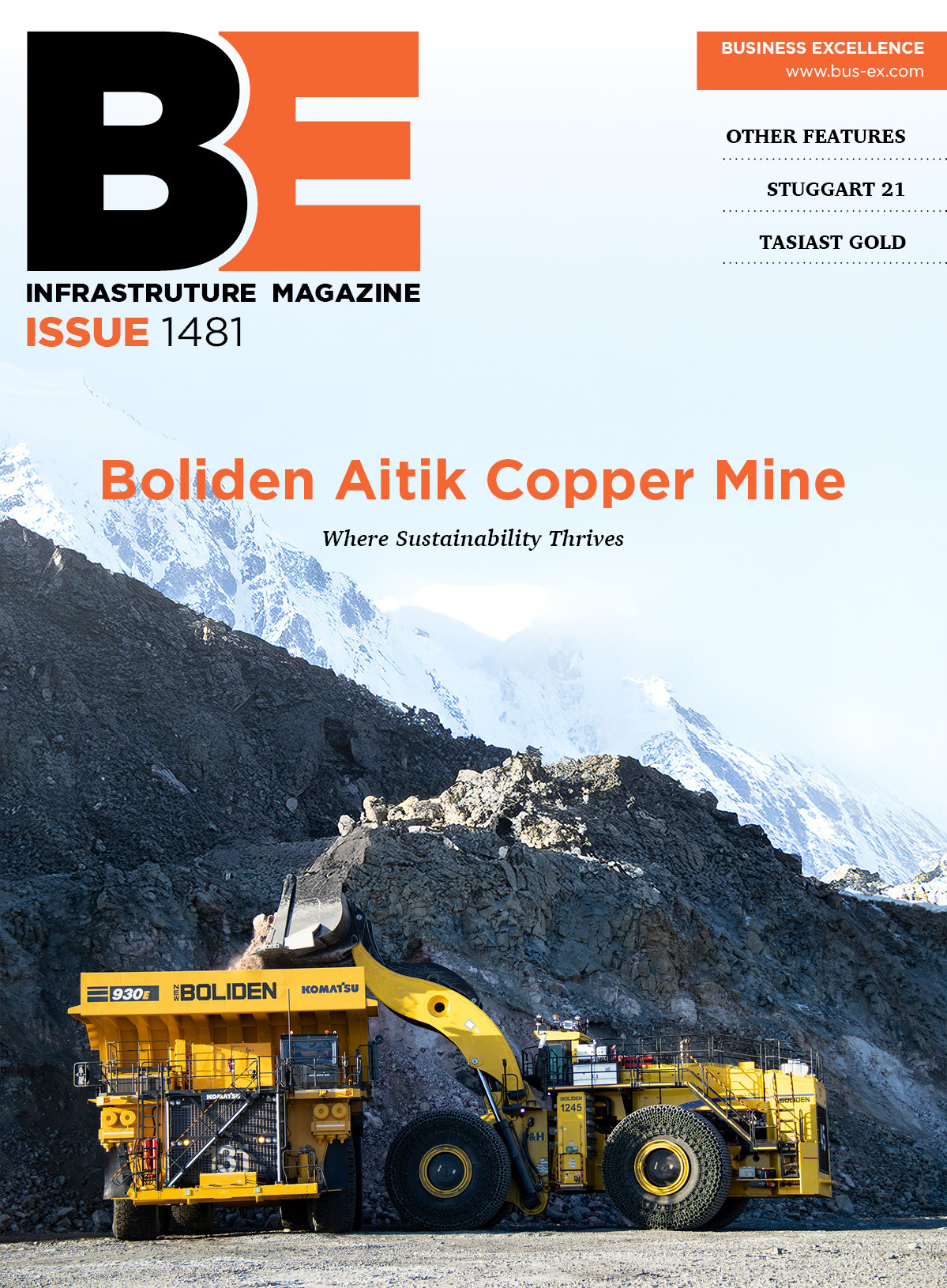
Tucked into Portugal’s sun-bleached Alentejo region—better known for cork oaks and Roman ruins than copper veins—sits one of Europe’s most quietly consequential mining operations. The Neves-Corvo mine, operated by Boliden Somincor, runs deep—both literally and figuratively. Beneath its 600-meter shaft lies not only a vast reservoir of copper and zinc but also the infrastructure, innovation, and intent to help shape Europe’s low-carbon future.
Once a standout in Lundin Mining’s portfolio, Neves-Corvo now plays a pivotal role in Boliden’s strategic expansion across the continent. Over the last five years, the mine has transitioned from a mature producer into a next-generation operation, leveraging automation, clean water cycles, and community engagement to turn resource extraction into something more holistic—and perhaps, more hopeful.
Strategic Leap – Boliden’s $1.4 Billion Acquisition
In April 2025, Sweden-based Boliden AB made a bold move, acquiring the Neves-Corvo mine from Lundin Mining in a $1.4 billion transaction that instantly redefined its position in the European base metals market. The deal, which also included Sweden’s Zinkgruvan operation, nearly doubled Boliden’s zinc output and substantially boosted its copper portfolio—two metals at the heart of everything from wind turbines to electric vehicles.
For Boliden, it was more than a resource grab. It was a strategic recalibration. With Neves-Corvo already producing over 100,000 tonnes of zinc concentrate and 30,000+ tonnes of copper annually, the acquisition brought immediate volume. But it also brought integration potential: Boliden’s smelters in Kokkola and Harjavalta could now be fed more directly, reducing transport costs and reinforcing the company’s vertically integrated supply chain.
To finance the acquisition, Boliden leaned on a blend of confidence and conscience—a $370 million share issue and a €700 million sustainability-linked term loan, aligning shareholder backing with environmental benchmarks. The message was clear: this was growth with responsibility.
Production Powerhouse – Scale, Revenue, and Reach
Beneath the rural quiet of Castro Verde, the Neves-Corvo mine hums with the efficiency of a global-scale engine. In 2024 alone, the mine processed an impressive 4,553 kilotonnes of ore, transforming Portugal’s ancient rock into the raw materials powering Europe’s infrastructure and electrification efforts.
The financial results tell their own story. With an operating profit of €99.9 million in 2024, Neves-Corvo wasn’t just a high-performing asset—it was a strategic linchpin in Boliden’s post-acquisition portfolio. Even amid macroeconomic headwinds and inflationary pressures on energy and materials, the mine held its ground—delivering volume, margin, and a predictable output stream.
The success wasn’t accidental. Years of capital investment, operational discipline, and resource development—particularly in the Lombador ore body—positioned the mine for consistent throughput. And thanks to its dual-product portfolio (copper and zinc), Neves-Corvo navigated commodity market swings more smoothly than single-stream operations.
Equally important is location. With a dedicated rail spur connecting to the Port of Setúbal, the mine exports concentrates seamlessly across the Atlantic and into Boliden’s Nordic smelters. A short drive from Portugal’s A2 motorway and within reach of Lisbon and Faro airports, Neves-Corvo defies the logistical challenges often tied to remote mining.
But perhaps the mine’s most enduring strength lies in its regional economic impact. Employing more than 1,300 people and engaging hundreds more through suppliers and contractors, it is an anchor for the Alentejo economy—offering not just jobs, but long-term development in a region where opportunity can be as scarce as rain.
Zinc Surge and Smart Machines – Engineering the Next Chapter
For all its history and output, Neves-Corvo is not standing still. Its most dramatic evolution came with the Zinc Expansion Project (ZEP)—a sweeping, multi-year upgrade that transformed the site’s processing capabilities and established it as one of Europe’s top-tier zinc producers.
The investment, which exceeded €300 million, was more than a plant revamp. It was a fundamental re-engineering. Processing capacity more than doubled—from 1.1 to 2.5 million tonnes per year—with new crushers, grinding mills, flotation cells, and filtration systems delivered by Metso. The result: a leap in zinc production to over 108,000 tonnes of concentrate annually by 2024, with enough throughput to meet both current demand and future flexibility.
But Boliden didn’t stop at volume. It turned its attention underground—where efficiency, safety, and downtime are measured in seconds and centimeters. In 2025, Neves-Corvo began scaling up its use of automated loaders and haulage systems, powered by Sandvik’s AutoMine technology. These intelligent machines operate autonomously during shift changes and post-blast clearance—two of the most vulnerable and least productive time windows in traditional mining.
The site now operates with AutoMine Multi-Lite, coordinating multiple autonomous units across production zones. Roughly 60% of stope mucking during shift transitions is automated, with targets to exceed 3.1 million tonnes of hoisted ore annually. Not only has this improved throughput and cost control—it’s pulled humans away from high-risk zones, reducing safety exposure in real time.
Underground, the pairing of real-time control systems, digital dashboards, and remote operator stations is redefining what a deep mine can be. With Sandvik, ABB, and Boliden’s digitalization team working in tandem, Neves-Corvo is turning automation into a competitive advantage—not just for production, but for people.
ESG Underground – Water, Tailings, and a Mine’s Environmental Promise
If the early decades of mining in Portugal were defined by volume, the current era is defined by balance—between extraction and restoration, between ambition and accountability. Nowhere is this clearer than at Neves-Corvo, where environmental stewardship has become part of the mine’s operating system, not just its sustainability report.
At the center of this transformation is water. Once dependent on the Santa Clara reservoir for 100% of its needs, the mine now recycles more than 90% of its operational water, achieving zero-discharge status. Closed-loop systems, greywater reuse, and treatment circuits ensure that the Oeiras River and surrounding groundwater remain untouched by mining activity.
The mine doesn’t just manage its water—it shares it. In 2024, over 56,000 cubic meters of potable water were delivered to neighboring communities, reinforcing Somincor’s role as a regional infrastructure partner, not just a tenant of the land.
But water is only one piece of a complex ecological puzzle. A defining innovation has been the mine’s approach to tailings—the fine, pyritic residues that pose long-term environmental risk if not handled properly. Working with Golder Associates, Neves-Corvo was one of the first in Europe to adopt a paste tailings system. Rather than pumping tailings into slurry ponds, the material is thickened into a paste, placed in engineered cells, and sealed layer by layer to prevent oxygen exposure and acid formation.
These methods are more than best practice—they’re now benchmark. Under Boliden’s ownership, the mine has adopted the Global Industry Standard on Tailings Management (GISTM), and is on track to meet full compliance across its facilities.
Neves-Corvo’s ecological envelope, which partially overlaps a Natura 2000 protected area, adds another layer of responsibility. The mine has responded with biodiversity projects, including a long-term partnership with the University of Évora to preserve Unio tumidiformis, an endangered freshwater mussel native to Iberian waterways.
Meanwhile, Boliden’s corporate targets have set the pace: a 42% reduction in Scope 1–2 greenhouse gas emissions since 2021, and a 52% decrease in Lost Time Injuries (LTIs) across the company. For Neves-Corvo, these aren’t abstract metrics—they are visible in every filtered pipeline, every revegetated slope, and every safety briefing underground.
People First – Building Prosperity Beyond the Pit
In southern Portugal, where rural populations age and economic opportunity is uneven, a mine like Neves-Corvo carries weight beyond its payroll. It’s not just the largest employer in Castro Verde—it’s a civic anchor, a training ground, and, increasingly, a partner in public life.
In 2024, Boliden Somincor employed an average of 1,324 people, with another several hundred supported indirectly through services, construction, logistics, and supplier contracts. Many of these jobs are held by residents of surrounding municipalities, turning a once-isolated operation into a regional economic engine.
But Somincor’s impact isn’t only in wages. It’s in classrooms and riding stables, in food pantries and senior centers. The company’s Community Investment Policy channels funding toward education, health, inclusion, and cultural preservation—focusing not on charity, but on local empowerment.
One example: through a partnership with a local equestrian center, Somincor sponsors hippotherapy sessions for children with developmental challenges, offering a rare form of therapeutic care in a region with limited medical infrastructure. For the parents, it’s more than a program—it’s a lifeline.
In nearby schools, the company funds science fairs, scholarships, and student field trips, while also backing “senior universities”—community-run programs that support continued learning for older residents. The goal is simple: invest in human capital, no matter the age.
Infrastructure contributions extend beyond social programs. Neves-Corvo’s dedicated rail spur to the Port of Setúbal, as well as road upgrades around the mine, have improved access and logistics for both industrial activity and public use. During the COVID-19 pandemic, the mine provided emergency aid to municipal health units, including PPE, funding, and clean water deliveries.
Somincor also promotes local procurement, prioritizing contracts with Alentejo-based businesses for catering, cleaning, and operational support. A unique feature of the mine’s land management is its leasing of unused concession areas to local farmers and beekeepers, enabling traditional agriculture to coexist alongside extraction.
It’s a multidimensional approach to development—part economic, part environmental, and wholly integrated with the rhythms of the region. As one community leader put it, “Neves-Corvo doesn’t just mine ore—it mines trust.”
Resilience in Real Time – How Neves-Corvo Stays Ahead of Risk
Mining at depth has never been a casual business. And in today’s operating environment—where risks span from physical safety to cyber intrusion—resilience is as engineered as any shaft wall or tailings cell.
At Neves-Corvo, resilience is a system of systems. It starts with climate foresight. The mine sits in a semi-arid region where water stress is a mounting concern. But with a 90% water reuse rate, drought-tolerant process design, and weather-informed operational planning, Somincor has already positioned the site as one of Portugal’s most water-secure industrial operations.
Climate scenario modelling is embedded into long-term planning, testing how shifts in rainfall, temperature, or energy supply might affect not just mining cycles—but safety, logistics, and surrounding communities.
Then there’s the digital frontier. As Neves-Corvo digitizes more of its operations—from automated loaders to real-time process controls—it becomes both more efficient and more exposed. To mitigate that risk, Boliden has rolled out its B-secure cybersecurity framework across the mine. Developed in coordination with Portuguese and international IT partners, B-secure includes:
- Segmented networks between operations and business systems
- Continuous threat monitoring for OT and IT environments
- Employee cyber-awareness training
- Secure remote access and encrypted data storage
It's cybersecurity purpose-built for mining, where a malware attack can compromise safety systems as easily as balance sheets.
Mechanical resilience is equally prioritized. Using a mix of predictive maintenance tools, vibration analysis, and real-time diagnostics—many supplied by long-time partners like ABB, Metso, and Sandvik—Somincor minimizes downtime and extends asset life.
And then there’s the human factor. After a serious underground incident in 2020, Somincor recommitted to safety with renewed intensity. The site now operates with refuge chambers, enhanced ventilation protocols, real-time gas monitoring, and layered emergency response plans. These measures have contributed to a 52% drop in Lost Time Injuries across the operation since 2021.
From the blast zone to the boardroom, Neves-Corvo isn’t just mining ore. It’s mining continuity, built on technology, planning, and a relentless respect for what could go wrong—and the systems in place to make sure it doesn’t.
Partners in Progress – The Companies Helping Drive Neves-Corvo Forward
The success of Neves-Corvo is not a solitary achievement. It is the result of a closely coordinated network of partners, each bringing specialized expertise to support the mine’s transformation into one of Europe’s most modern underground operations. On the surface, civil engineering firm Mota-Engil Engenharia e Construção has played a pivotal role in expansion phases—developing underground galleries, improving surface infrastructure, and managing critical construction interfaces. Meanwhile, Efacec, a Portuguese leader in power systems, ensures stable distribution through substations and transformers built to withstand the high electrical demands of deep mining. Equipment suppliers like Sandvik and Metso have redefined production efficiency below and above ground—delivering autonomous loaders, drill rigs, crushers, and flotation systems that are central to both automation and the mine’s upgraded zinc plant.
But the infrastructure beneath Neves-Corvo is also shaped by quieter, equally crucial contributors. Drillcon AB provides high-precision underground drilling services, instrumental in mapping and extending mineral resources in the Lombador and Semblana zones. COBA Group, a specialist in tailings engineering and geotechnical consulting, supports the safe development and long-term planning of the mine’s tailings storage facility. Sulzer, with its advanced pumping technologies, enables both efficient mine dewatering and reliable transport of process slurries—ensuring critical systems run continuously and safely under pressure.
Beyond these technical pillars, Neves-Corvo is also supported by sustainability-oriented partners like Acciona, which contributes to water treatment solutions and environmental infrastructure tied to Boliden’s decarbonization targets. Together with local and regional suppliers—ranging from logistics firms and ICT providers to catering services and environmental consultants—these partners form a supply ecosystem that reflects the mine’s commitment to operational excellence, regional development, and responsible growth. It is a collective performance, built on alignment, trust, and long-term collaboration.
The Road Ahead – Strategic Outlook & Industry Trends
With its infrastructure modernized, its ore bodies mapped, and its environmental practices benchmarked, Neves-Corvo stands not at the end of a transformation—but at the beginning of a new chapter. Under Boliden’s ownership, the mine is more than a production site. It is a strategic engine—one that helps power Europe’s energy transition, raw materials resilience, and industrial autonomy.
That’s not rhetoric. It’s math. Copper and zinc are two of the most indispensable inputs for wind turbines, solar arrays, batteries, and electric vehicle infrastructure. As the European Union doubles down on its Green Deal and Critical Raw Materials Act, assets like Neves-Corvo—anchored in Europe, operated responsibly, and vertically integrated—become essential to supply chain sovereignty.
Boliden is already thinking long-term. Exploration work continues in nearby zones like Semblana and Monte Branco, which could extend the mine’s productive life well into the 2030s and beyond. Inside the gates, plans are underway to scale up digital analytics, autonomous haulage, and real-time process optimization—using data not just to operate, but to predict and preempt. And on the environmental front, the mine is exploring further reductions in energy use and continued alignment with EU Taxonomy-compliant mining standards.
But perhaps the most compelling signal of what’s to come is the tone of continuity on site. Boliden has committed not just to production, but to people—to jobs, to training, to partnership. The community investment programs started under Somincor are being reinforced, not replaced. Water continues to be shared. Young people continue to be mentored. And land not needed for mining continues to grow olives, bees, and possibility.
There’s a quiet confidence that runs through Neves-Corvo these days. It’s the confidence of a mine that knows its value, not just in tonnes, but in trust. And as Boliden’s footprint in Portugal deepens, so too does the sense that this story is still in its early chapters.



 BE Magazine Boliden Somincor-2025.pdf
BE Magazine Boliden Somincor-2025.pdf